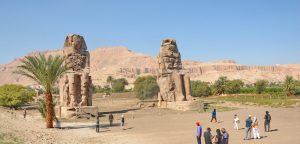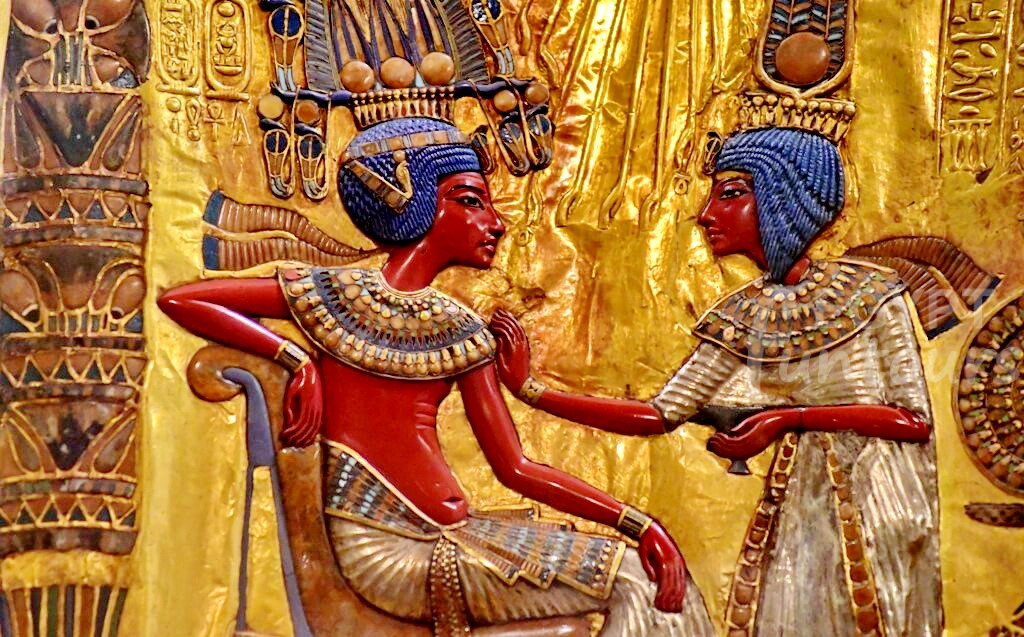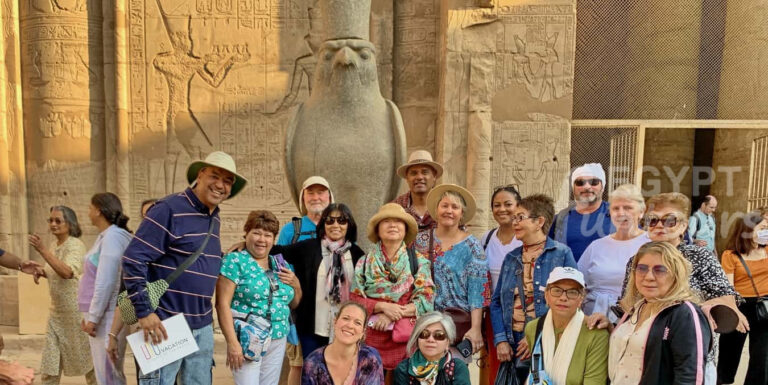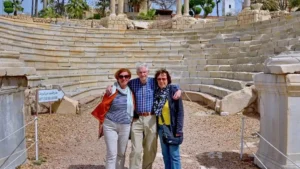God Aten, the hidden power behind the sun disk “Atenism”, holds a unique and controversial position in the ancient Egyptian pantheon. Unlike the many other gods who were human-animal hybrids or abstract forces, the Aten was the visible disk of the sun itself. Its worship became the central focus of a radical monotheistic religion during the reign of Pharaoh Akhenaten (originally Amenhotep IV). This “Amarna Period” marked a dramatic, but short-lived, break from traditional Egyptian polytheism.

Book with them, they are Professionals
It has always been my dream to visit Egypt. This was a beautiful tour, almost two years later, I can’t stop thinking about my time in Egypt, Valley of the Kings, Temple of Kom Ombo, Edfu, Luxor! I was able to add an eighth day to see Abu Simbel (a




























